
Ghana’s creative industry is fast becoming a vibrant engine of culture and commerce. From music and film to digital content, fashion and visual arts, this sector is contributing significantly to jobs and economic activity despite facing long-standing challenges.
Yet, despite its potential, the industry remains underfunded and structurally constrained. In response, Fidelity Bank Ghana has launched Orange Inspire and the Fidelity Cultural and Creative Fund (FCCF)—a bold, timely move designed to bridge funding gaps, support infrastructure and catalyse sustainable growth in the sector.
This intervention signals not just belief in Ghana’s creative talent, but a strategic bet on its future contribution to national development.
Economic contribution of Ghana’s creative industry
On the world stage, cultural and creative industries generate around US$2–2.3 trillion annually, roughly 3 percent of global GDP. Africa’s share of this creative economy is growing; the continent’s creative sector is projected to reach US$20billion by 2030, employing millions. In Ghana, hard data is limited – there is no official measurement of the creative sector’s GDP contribution in recent years.
The UNESCO cultural report in 2010 found Ghana’s cultural activities accounted for 1.53 percent of GDP (counting only formal industries); but the true contribution is undoubtedly higher when the large informal creative economy is included. Such projections underscore why investing now to scale up creative ventures can pay off in the long run.
Key sectors in Ghana’s creative ecosystem
Ghana’s creative industry is a mosaic of sectors, each contributing unique value. These segments collectively form a dynamic ecosystem. Some of the most prominent sectors include:
- Music: Ghanaian music—rooted in highlife, hiplife and Afrobeats—is gaining global traction. From legends like E.T. Mensah to contemporary stars like Sarkodie, Black Sherif, Amaarae and Stonebwoy, the talent is world-class. Streaming platforms now offer global reach and new revenue streams, while concerts and festivals boost tourism and culture.
- Film: Though smaller than Nigeria’s Nollywood, Ghana’s film scene is evolving. Productions like The Burial of Kojo and creators like Shirley Frimpong-Manso and Abraham Attah are carving space on platforms like Netflix, bringing Ghanaian storytelling to the world.
- Fashion and crafts: Designers such as Christie Brown and Studio 189 are merging Afrocentric design with ethical fashion. The crafts sector—gold jewellery, wood carvings and baskets continue to generate income through tourism and export.
- Visual arts: Artists like Ibrahim Mahama and Amoako Boafo are redefining contemporary African art and showcasing it globally. Local art scenes, such as Chale Wote and Gallery 1957, are fostering new markets and turning art into assets.
- Content creation and digital media: Young Ghanaians are using YouTube, TikTok and Instagram to build careers. YouTubers with over a million subscribers are now common, signalling the arrival of content creation as a viable industry.
These interlinked sectors create a dynamic ecosystem—where growth in one stimulates others. That’s the ripple effect FCCF aims to harness.
Challenges facing Ghanaian creatives
Ghana’s creative industries stand at a critical juncture, filled with untapped potential yet constrained by interconnected challenges that demand holistic solutions.
- Funding gaps and informality: At the heart of these obstacles lies a persistent financing paradox that has stifled growth for decades. The majority of creative enterprises operate in the informal sector, caught in a catch-22 where their lack of formal structure makes them ineligible for traditional financing, while financial institutions remain hesitant to engage with what they perceive as high-risk ventures.
- Inadequate infrastructure: Compounding this challenge is Ghana’s significant infrastructure deficit, which manifests across the entire creative value chain. Studios, theatres, editing suites, fashion equipment and creative hubs are in short supply. Creatives often work without access to basic production and distribution tools.
- Policy and regulatory issues: These operational challenges are mirrored in the policy landscape, where fragmentation and inconsistent implementation have created an uncertain environment for creative businesses. Laws like the Creative Arts Bill exist, but enforcement is weak, especially around intellectual property. Piracy and bureaucratic bottlenecks compound the struggle.
- Skill gaps and education: Underlying all these challenges is a critical skills gap that affects both artistic development and business management. While Ghana boasts extraordinary raw talent, the lack of specialised training programmes in areas like digital content creation, arts administration and creative entrepreneurship leaves many practitioners unequipped to navigate the complexities of the modern creative economy.
- Market access and monetisation: Perhaps most crucially, the sector struggles with monetisation challenges that prevent creators from fully capitalising on their work. Limited domestic market size, underdeveloped distribution channels and reliance on international platforms that offer minimal compensation create a scenario where popularity rarely translates to proportional financial reward.
Yet within these challenges lie immense opportunities for transformation. The very interconnectedness of these issues suggests that targeted interventions could create cascading benefits across the entire ecosystem.
Ghana’s position in Africa’s creative economy
To fully grasp the potential of Ghana’s creative sector, we must examine its place within Africa’s rapidly evolving cultural economy. Nigeria stands as Africa’s undisputed creative titan, with Nollywood contributing 2.3 percent to GDP and Afrobeats dominating global charts. This success stems from deliberate policies like the Bank of Industry’s creative funds, a vast domestic market and diaspora-driven amplification.
South Africa, meanwhile, treats creativity as formal economic infrastructure. Backed by institutions like the South African Cultural Observatory, its creative sector contributes 3 percent to GDP, rivalling agriculture. Kenya’s creative economy, projected to reach 10 percent of GDP by 2025, thrives on digital innovation (like M-Pesa-enabled content monetisation) and robust government blueprints. Even smaller economies like Rwanda (5.3 percent GDP from creativity) outpace Ghana’s estimated 1.5 percent contribution, highlighting both the gap and the opportunity. Yet Ghana possesses distinct advantages: its cultural magnetism, trendsetting music and fashion scenes, and stable business environment.
Emerging opportunities and trends
Ghana’s creative sector stands at the precipice of transformative growth, buoyed by several converging trends that are reshaping the industry’s potential.
- Digital platforms and global reach: The digital revolution has fundamentally altered the creative landscape, providing Ghanaian artists with unprecedented global reach. Streaming platforms like Spotify and Audiomack now enable musicians to bypass traditional gatekeepers, connecting directly with audiences across continents – a shift underscored by Sub-Saharan Africa’s remarkable 34.7 percent growth in recorded music revenues in 2022. But monetisation and digital literacy remain a challenge.
- Youthful demographics and talent pool: Perhaps most significantly, Ghana’s demographic dividend positions the creative economy as a vital solution to youth employment challenges. With traditional sectors unable to absorb the growing workforce, creative entrepreneurship offers a viable alternative. Already, we see young Ghanaians transforming side hustles into sustainable businesses. This organic growth demonstrates the sector’s potential to address national priorities around job creation and youth empowerment.
These trends collectively paint a picture of an industry at an inflection point.
Success stories highlighting Ghana’s creative potential
Despite challenges, many Ghanaian creatives and enterprises have achieved remarkable success, demonstrating what’s possible and providing inspiration for the next generation.
- Music – Ghana’s music scene is steadily rising to match the heights of its African counterparts. Some artists have captivated global audiences. For instance, Black Sherif recently embarked on a world tour after building strong international appeal with his powerful sound. Moliy, one of the most exciting emerging voices, has arguably delivered one of 2025’s viral hits with Shake it to the Max. King Promise continues to make waves with tours across North America and Europe, and Amaarae recently took the global stage with a performance at Coachella. Industry heavyweights like Sarkodie and Stonebwoy have not only sustained international recognition but have also clinched prestigious awards like the BETs. Shatta Wale’s collaboration with Beyoncé on The Lion King: The Gift album is a standout moment for Ghanaian music, as is M.anifest’s signing with Mass Appeal—rap legend Nas’ label. When given the platform, Ghanaian artists are proving they can deliver world-class talent and moments that resonate far beyond our borders.
- Film – Blitz Bazawule’s journey from The Burial of Kojo to directing The Color Purple in Hollywood is inspirational. Shirley Frimpong-Manso and Abraham Attah have proven that Ghanaian stories can thrive globally.
- Visual arts – The visual arts scene boasts its own champions, redefining contemporary African art. Ibrahim Mahama’s installations and James Barnor’s internationally celebrated photography show how Ghanaian art holds both cultural and commercial value.
- Fashion – Fashion innovators are weaving tradition into global luxury. From Christie Brown to Studio 189 and Ozwald Boateng, Ghanaian designers are redefining global luxury while creating jobs locally.
- Content creation and new media – Wode Maya built a media empire on YouTube. Sweet Adjeley turned Ghanaian cooking into global entertainment. These stories show that the talent and drive are already here.
Each of these success stories not only brings pride to Ghana but also carries economic significance – be it through award winnings, export earnings, tourism attraction or job creation. The missing piece has been consistent access to resources, training and capital to scale these successes more broadly. That’s the vision the FCCF investment is betting on.
A timely, bold and impactful investment
As the afore-mentioned analysis shows, Ghana’s creative industry is rich in promise but hampered by structural gaps. Fidelity Bank Ghana’s decision to launch the Orange Inspire – Fidelity Cultural and Creative Fund (FCCF) is both timely and bold, with the potential for significant impact. Here’s why this initiative stands out:
- Timely – Seizing the moment: Ghana is at an inflection point in its creative economy. The cultural renaissance is underway, digital and diaspora trends are converging, and peer countries are surging ahead with creative industry growth. Had support been delayed further, Ghana risked falling behind or seeing its talents migrate to places with better support. By acting now, FCCF can harness the current momentum – energising a young demographic that is eager to innovate
- Bold – A first-mover in finance: Fidelity Bank is essentially breaking the mould – demonstrating confidence in an industry often labelled “informal” or “unbankable.” This willingness to enter uncharted territory is a bold signal to the market. It challenges the narrative that only NGOs or government grants should support arts; instead, it reframes creative enterprises as entrepreneurial ventures worthy of investment. Fidelity’s decision to provide both grants (GH¢450,000 to top young creatives) and concessionary loans (up to GH¢1million at 10 percent) sets a new standard. It’s structured, risk-aware and growth-focused.
- Impactful – The ripple effects go beyond individual creatives. FCCF supports job creation, tourism, education, tech, agriculture and manufacturing. It reinforces national identity and encourages public-private collaboration.
Conclusion
Ghana’s creative industry stands on the cusp of a new era. Its rich heritage and the innovative spark of its youth are undeniable – and now, with increasing recognition of its economic value, the creative sector is ready to soar. What has been needed is a concerted push to overcome the hurdles and scale up what works. Fidelity Bank Ghana’s Orange Inspire – FCCF initiative arrives as the right push at the right time. It validates the creative industry as a pillar of growth, not a footnote. In a few years’ time, we may look back on this moment as a turning point when Ghana’s “creative economy” went from buzzword to tangible reality.
The post Why creative industry needs bold investment: How Fidelity Bank is stepping in appeared first on The Business & Financial Times.
Read Full Story
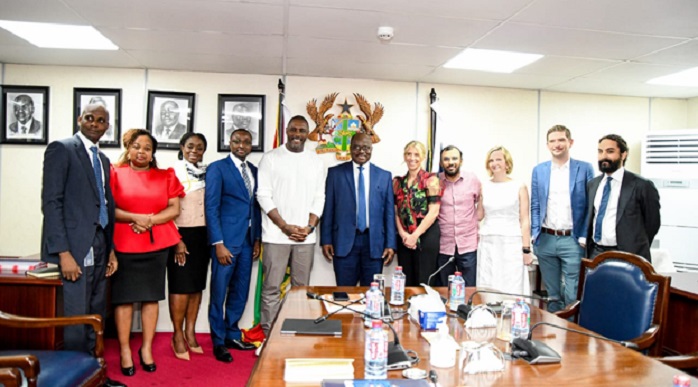
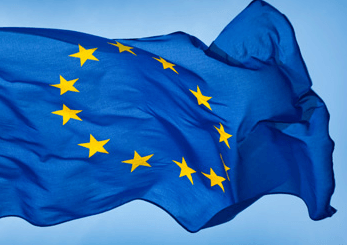
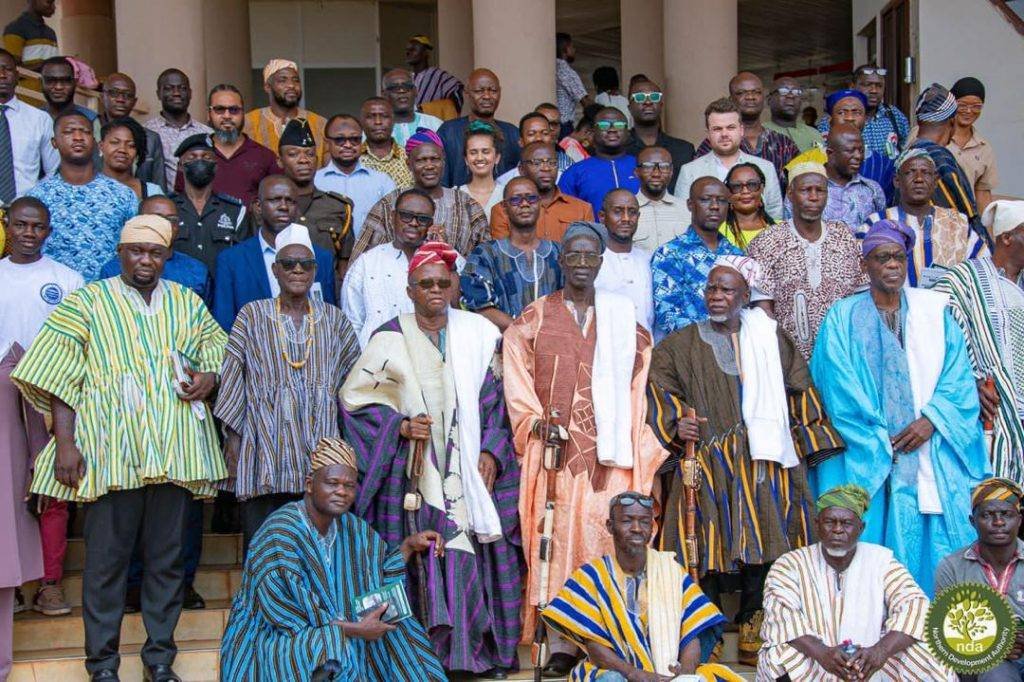
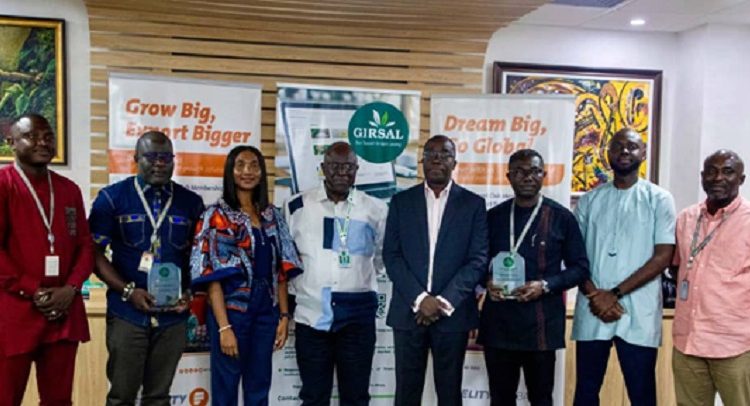

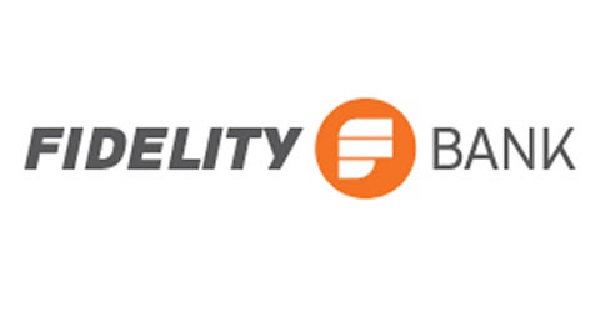



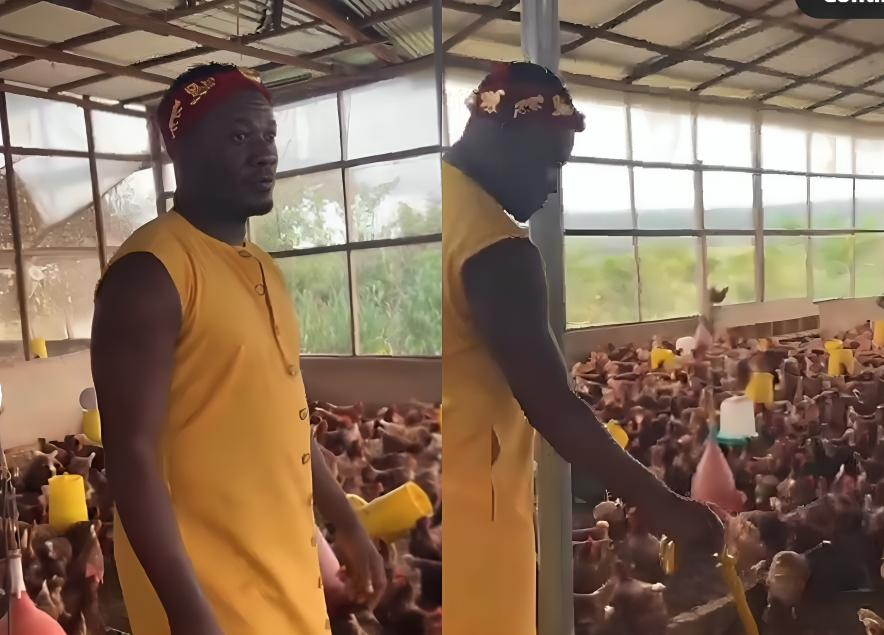
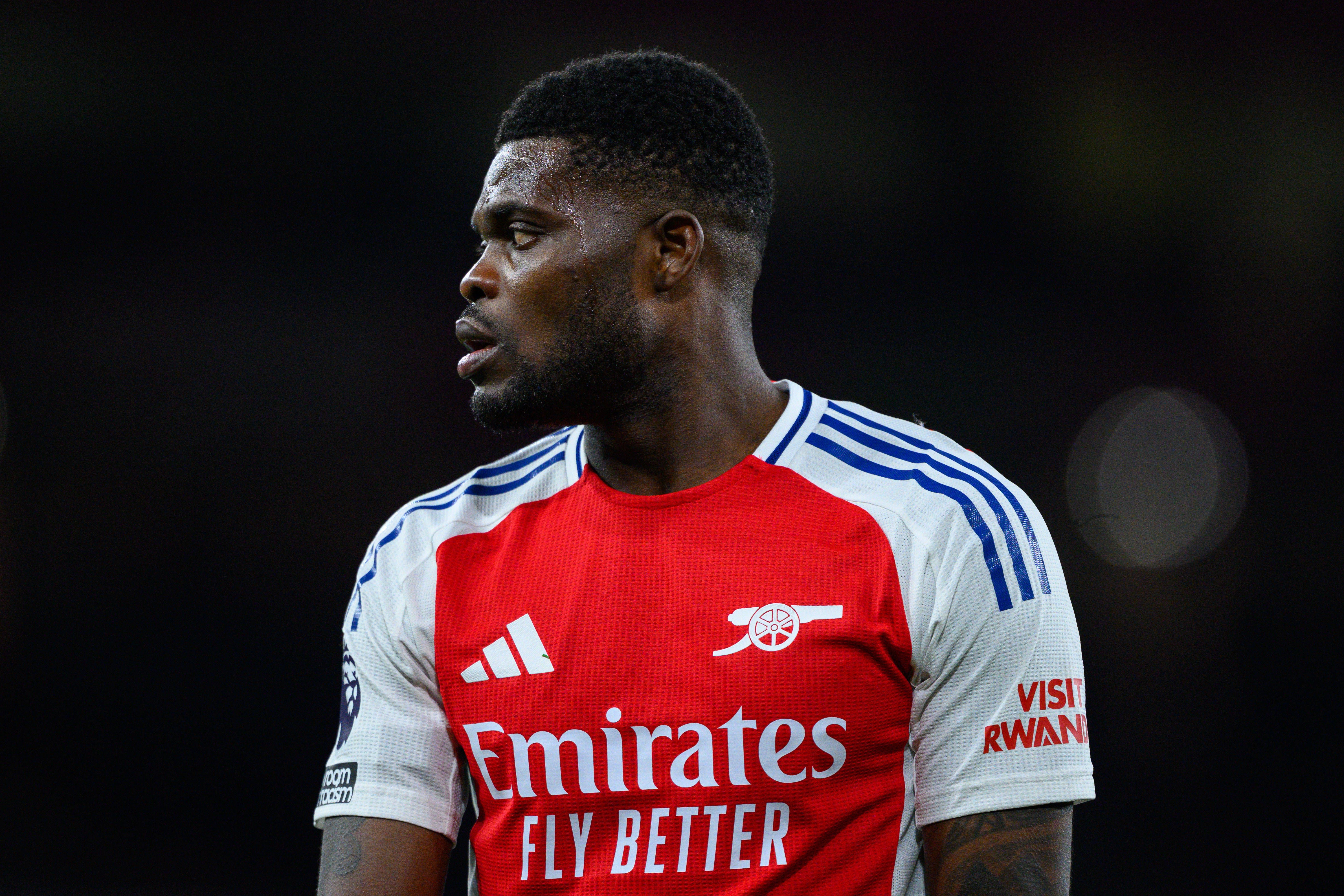
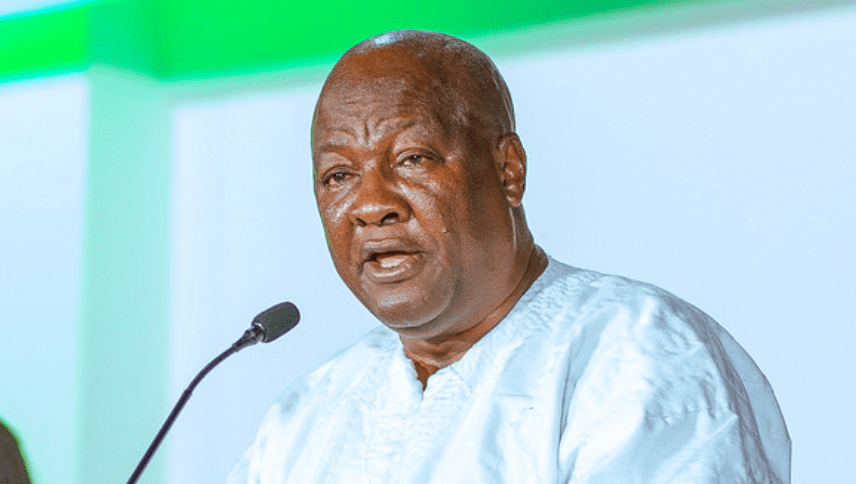


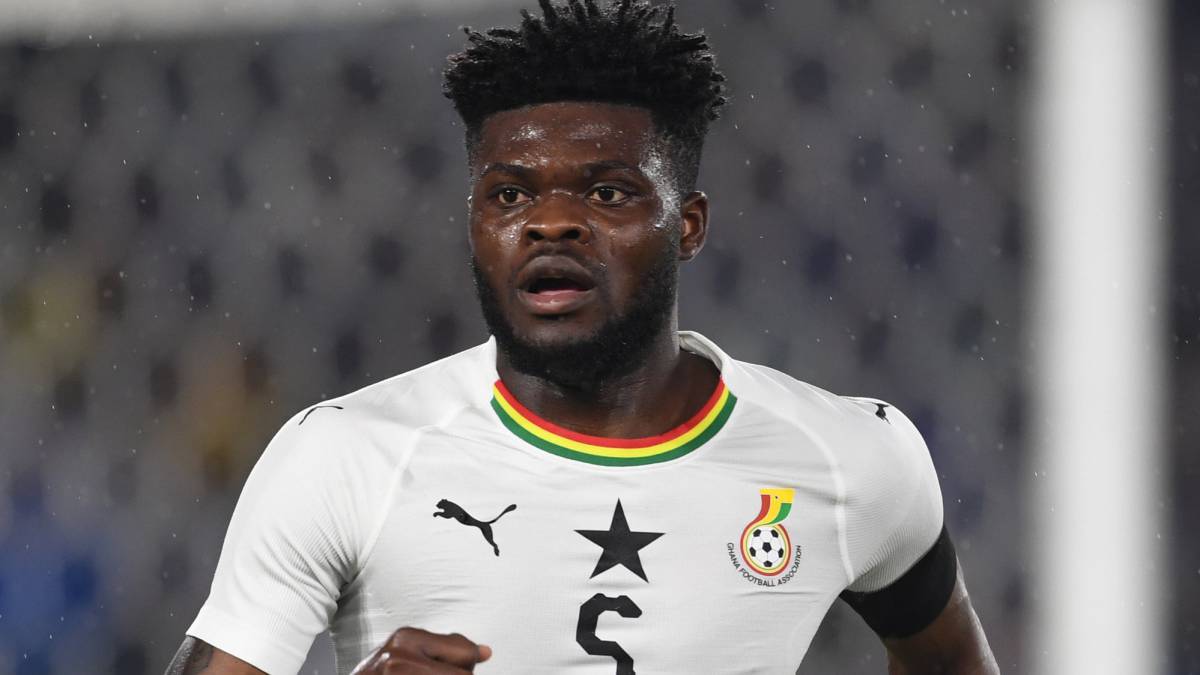


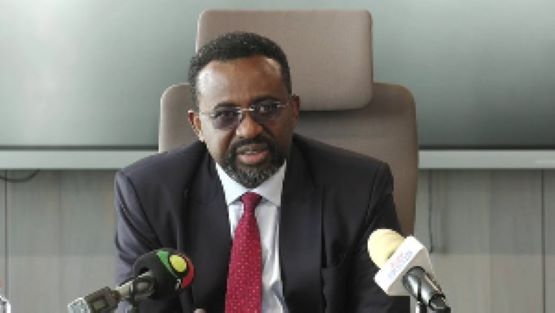
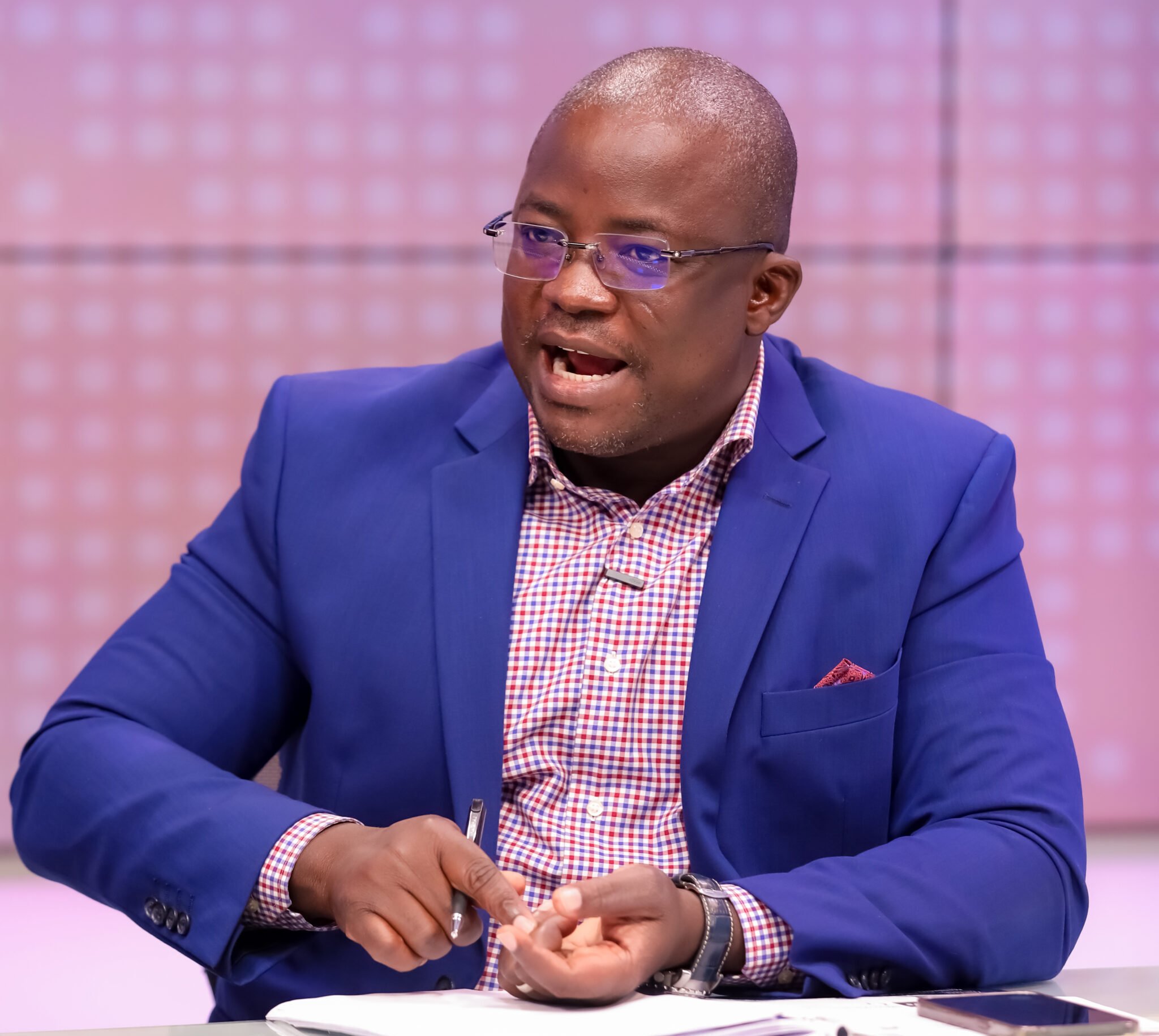
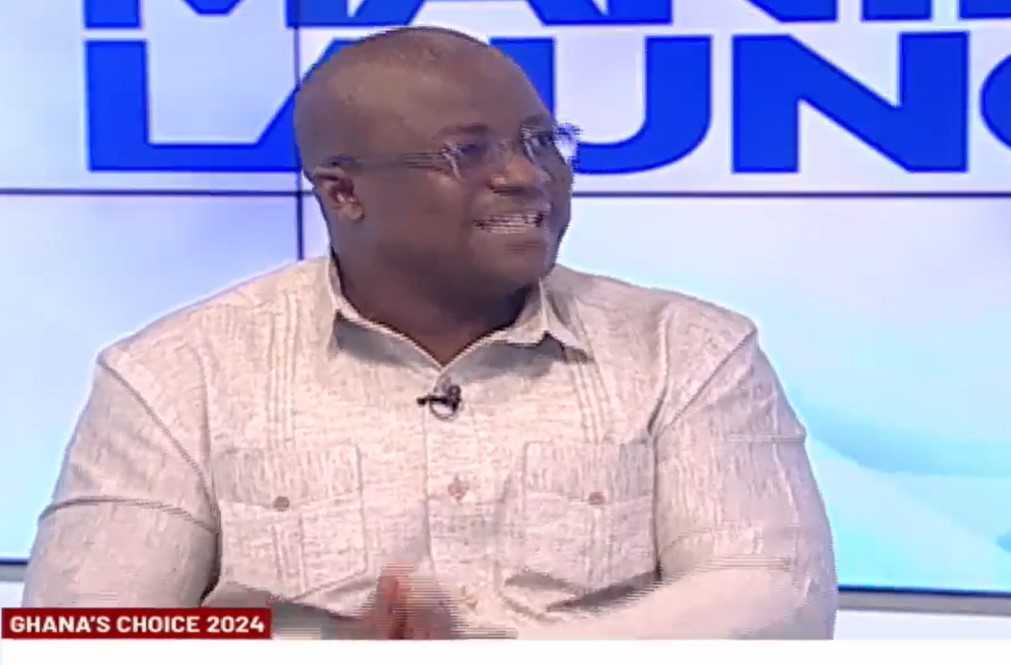
Facebook
Twitter
Pinterest
Instagram
Google+
YouTube
LinkedIn
RSS